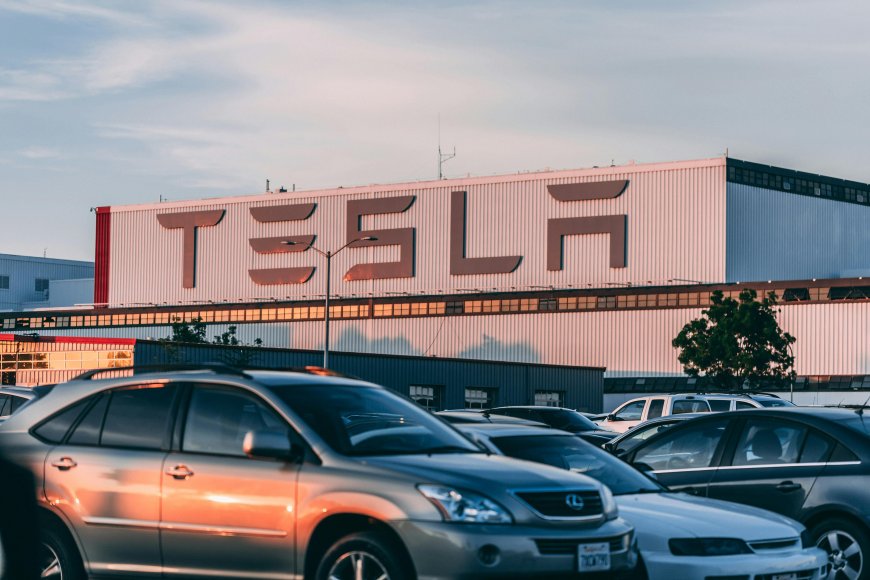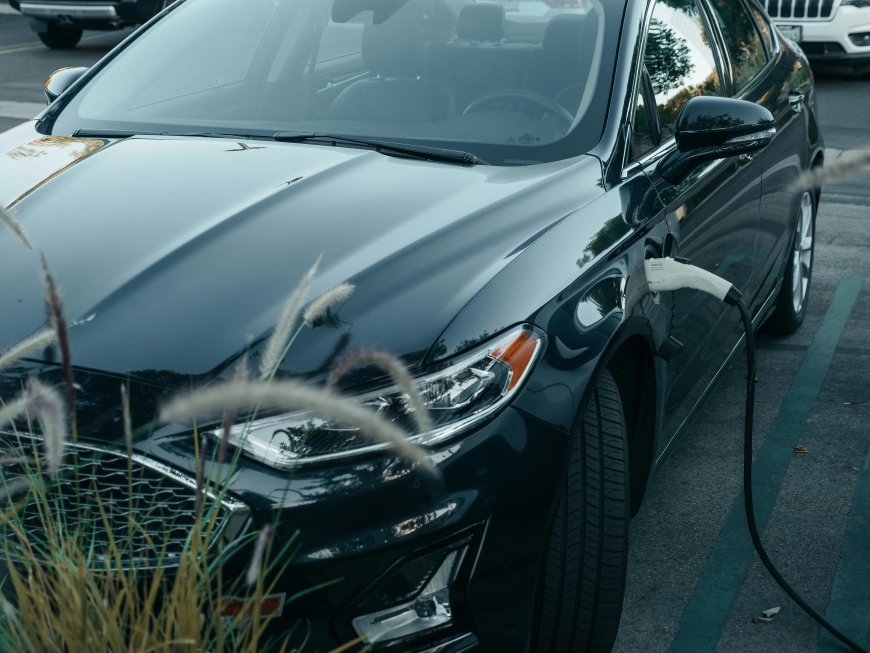Tesla Cybertruck Sales Slump: Why the Hype Didn’t Deliver
Tesla’s Cybertruck promised a revolution, but sales are lagging. Here’s why truck buyers are holding back.

A Revolution That Stalled Before Takeoff
When Tesla first unveiled the Cybertruck in 2019, it looked less like a pickup and more like a prop from a sci-fi blockbuster. Millions rushed to place deposits, seduced by Elon Musk’s promise of a futuristic truck that could outperform gas-powered rivals while turning heads on the freeway.
But nearly two years after deliveries began in late 2023, the story has changed. Instead of dominating the market, the Cybertruck is struggling to convert buzz into sales. According to Cox Automotive, Tesla has sold just over 52,000 units in the U.S.—a fraction of the more than a million reservations once touted by the company.
So why is Tesla’s most radical product failing to live up to its billing? The reasons are layered: bold design choices that alienated traditional truck buyers, performance numbers that fell short of Tesla’s early claims, and a string of reliability issues that eroded confidence.
The Problem With Designing for Shock Value
There’s no denying the Cybertruck is striking. Its stainless-steel panels, sharp angles, and triangular silhouette make it unlike any vehicle on American roads. Sean Tucker, Executive Editor at Cox Automotive, summed it up neatly: “It certainly stands out.”
Standing out, however, isn’t the same as winning over truck buyers. Pickup owners are among the most loyal in the automotive world, with purchasing decisions shaped by generations of practical experience. Function matters more than flash.
- High bed walls make it difficult to load heavy items.
- The pyramidal design reduces usable cargo space compared to rivals.
- Limited accessory compatibility frustrates buyers accustomed to a robust aftermarket industry.
Truck buyers didn’t just want a conversation starter—they wanted a tool. And in many ways, the Cybertruck’s radical look compromised its utility.

Overpromised, Under-delivered
When Musk first announced the Cybertruck, he promised a pickup with breathtaking specs: over 500 miles of range, towing capacity of more than 14,000 pounds, and performance that would leave Ford and Chevy scrambling.
But reality fell short. The production model’s top-range version reaches around 340 miles—respectable for an EV, but far less than promised. Towing and payload capacities also trail those of leading gas-powered competitors. For buyers who actually use their trucks for work, these gaps matter.
The disappointment is amplified by the fact that rivals like Ford’s F-150 Lightning and Rivian’s R1T offer similar or better numbers without the same compromises in design and usability.
Reliability Woes and Recalls
Tesla’s production challenges are well known, but the Cybertruck has faced an unusually bumpy rollout. In little more than a year, the vehicle has been subject to eight voluntary recalls. Issues have ranged from windshield wipers and exterior trim failures to software glitches.
For a brand-new model intended to spearhead Tesla’s next chapter, this undermines confidence. Truck buyers—many of whom depend on their vehicles for daily work—are reluctant to gamble on a product with reliability questions hanging over it.
The Price Tag Problem
Another key factor dampening sales is cost. At launch, Musk suggested the Cybertruck would start at $39,900. When the production version arrived, the entry model was priced closer to $60,000, with higher trims pushing past $99,000.
This shift in pricing alienated a huge swath of potential buyers. Traditional truck shoppers, who can pick up a reliable Ford F-150 or Chevy Silverado for significantly less, balked. Even early reservation holders who put down $100 years ago found themselves priced out.
A Tale of Expectations vs. Reality
Perhaps the biggest obstacle for the Cybertruck is the shadow of its own hype. Tesla built expectations to stratospheric levels, painting a vision of a vehicle that would revolutionize not just pickups, but the auto industry itself.
Instead, buyers are faced with a truck that looks futuristic but feels compromised, costs more than expected, and struggles with the fundamentals. The letdown is palpable.
One truck owner from Texas put it this way: “I wanted to love it. But when I saw the specs compared to my current truck, I couldn’t justify the switch. It just doesn’t do the job.”
That sense of personal disappointment—of hopes dashed—is harder for Tesla to overcome than competition from other automakers.
Cultural Clash: Tech Hype Meets Truck Country
There’s also a cultural gap at play. Tesla thrives on innovation, Silicon Valley hype, and early adopters eager for the next big thing. The pickup market, by contrast, is dominated by buyers who value tradition, ruggedness, and proven reliability.
While Tesla fans in California or New York may have embraced the Cybertruck as a lifestyle statement, the heartland—where most pickups are sold—has been far less receptive. For many, the Cybertruck feels like a tech experiment rather than a workhorse.
This cultural mismatch has limited Tesla’s ability to penetrate the very market it needs to win over.
The Competition Catches Up
Tesla once enjoyed a near-monopoly on EV excitement. Today, it faces serious competition. Ford, Rivian, and GM have launched electric pickups that balance futuristic features with practical design. These trucks may not turn as many heads, but they resonate with traditional buyers in ways the Cybertruck hasn’t.
- Ford F-150 Lightning: Leveraging decades of brand loyalty and familiarity.
- Rivian R1T: Targeting adventurous buyers with utility and off-road appeal.
- Chevy Silverado EV: Offering range and practicality without alienating truck owners.
Tesla no longer has the field to itself—and its rivals are playing to the strengths that matter most in the pickup world.
A Lesson in Overreach
The Cybertruck was always a gamble. Tesla bet that radical design and headline-grabbing promises would translate into mass-market adoption. Instead, it may be remembered as a cautionary tale about the risks of chasing hype over practicality.
That doesn’t mean the Cybertruck is a failure. It remains a technological marvel in many ways, a bold experiment that pushed boundaries. For a niche audience, it delivers exactly what they wanted: a vehicle that looks like nothing else on the road.
But for the mainstream truck market, Tesla misread the room.
Conclusion: The Road Ahead for Tesla
Tesla still has a loyal fan base, and the Cybertruck will likely retain its cult status. Yet the sales figures reveal a stark reality: the pickup market demands more than spectacle. It demands functionality, reliability, and value—qualities that Tesla must better deliver if it hopes to compete seriously in this segment.
The Cybertruck may not be the revolution Musk promised, but it offers a lesson for the entire EV industry: bold design and hype can spark interest, but in the end, utility and trust decide what people drive.
FAQs
1. Why are Tesla Cybertruck sales lower than expected?
Sales have lagged due to high pricing, reliability issues, limited practicality, and performance figures that fell short of early promises.
2. How many Cybertrucks has Tesla sold so far?
Tesla has sold just over 52,000 units in the U.S., far below initial reservation numbers.
3. What are the main problems with the Cybertruck?
Owners cite difficult cargo loading, disappointing towing and range, and frequent recalls as key issues.
4. Is the Cybertruck still worth buying?
It appeals to Tesla enthusiasts and early adopters seeking something unique, but traditional truck buyers may find better value elsewhere.
5. Can Tesla turn Cybertruck sales around?
Yes, but it would require improving range, reliability, and pricing while addressing the practical needs of mainstream truck buyers.
What's Your Reaction?
 Like
1
Like
1
 Dislike
0
Dislike
0
 Love
0
Love
0
 Funny
0
Funny
0
 Angry
0
Angry
0
 Sad
0
Sad
0
 Wow
0
Wow
0





































































